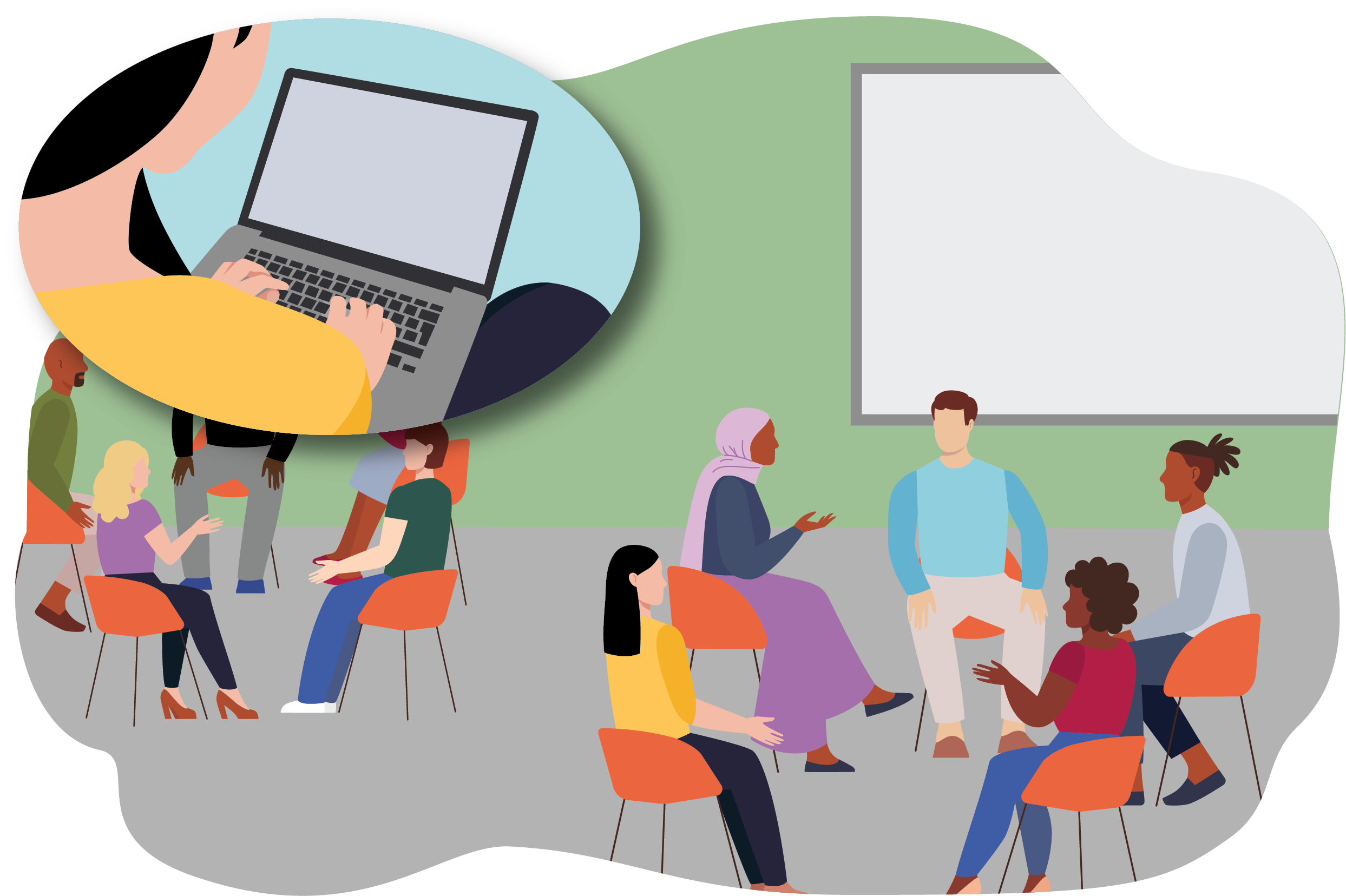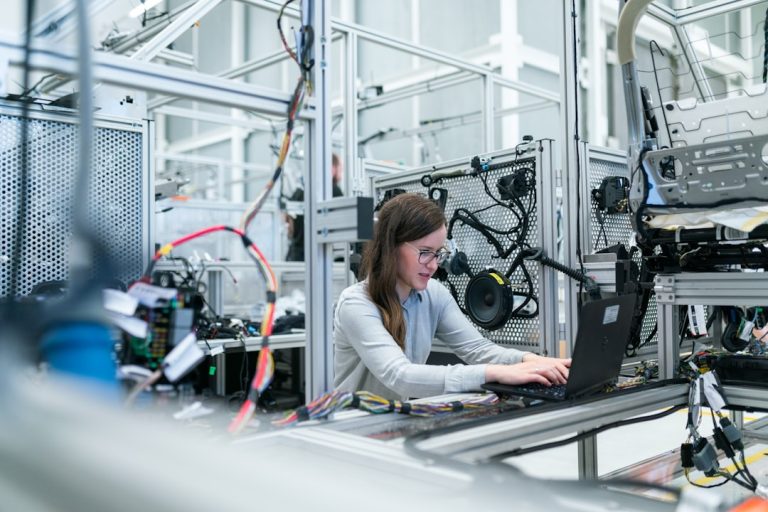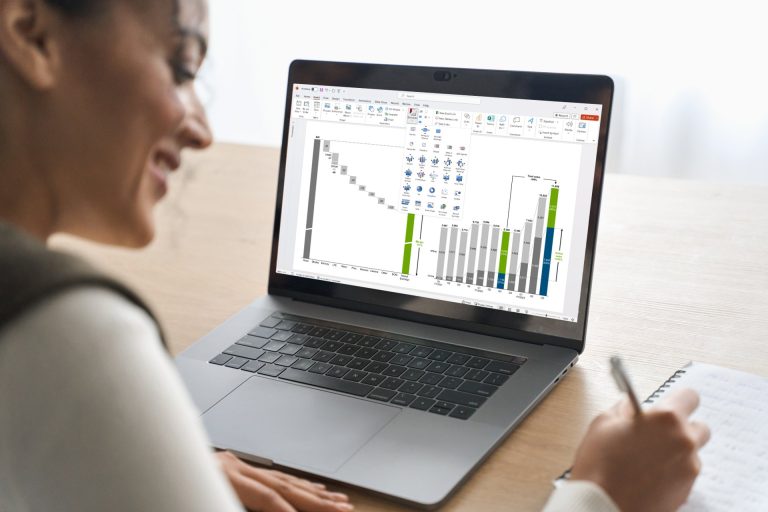Rethinking Assessment Methods: Moving Beyond Traditional Testing
Assessment methods in education have long been synonymous with the traditional testing format - a timed examination that evaluates a student’s knowledge based on a set of predefined questions. While this approach has its merits, it’s becoming increasingly clear that a single, standardized test might not be the most effective way to measure a student’s true potential or grasp of a subject. As the landscape of education evolves, there’s a growing movement to explore alternative assessment methods that better reflect real-world skills, encourage critical thinking, and foster a deeper understanding of the material. This article delves into the need to rethink assessment methods and explores some innovative alternatives that are gaining momentum. Yimusanfendi
The Limitations of Traditional Testing:
Traditional testing, often centered around memorization and regurgitation, doesn’t always provide an accurate depiction of a student’s abilities. It tends to emphasize short-term memory and the ability to recall information quickly, but it may fail to capture a student’s creativity, problem-solving skills, or practical application of knowledge. Moreover, high-stakes exams can foster a sense of anxiety and discourage risk-taking, hindering the development of skills that are essential for success in today’s dynamic world.
The Shift Towards Authentic Assessment:
Authentic assessment methods strive to mirror real-world scenarios, where learners are required to apply knowledge and skills to solve complex problems or complete tasks. This approach not only assesses a student’s understanding of the subject matter but also evaluates their ability to think critically, collaborate, communicate effectively, and adapt to different situations. Authentic assessments include project-based tasks, case studies, presentations, portfolios, and simulations, allowing students to demonstrate their abilities in ways that go beyond memorization.
Project-Based Learning:
Project-based learning (PBL) is an approach that promotes active engagement and deep learning. Students work on projects that address real-world problems, integrating various subjects and skills to find solutions. PBL encourages teamwork, research, critical thinking, and creativity, while also providing opportunities for self-directed learning. Assessment in PBL often involves evaluating the final project, the process undertaken, and the student’s ability to reflect on their learning journey.
Portfolios:
Portfolios are a comprehensive way to document a student’s progress over time. They contain a collection of work that showcases their achievements, growth, and reflections on their learning experiences. Portfolios can include essays, projects, artwork, and various forms of media. The assessment process involves not only evaluating the individual pieces within the portfolio but also examining the student’s ability to connect and synthesize their learning across different subjects or skills. Digital nomic
Peer and Self-Assessment:
Encouraging students to evaluate their own work and that of their peers can foster a deeper understanding of the subject matter and promote metacognition. Self-assessment helps students become more aware of their strengths and areas for improvement, while peer assessment encourages them to engage in constructive feedback and collaboration. This approach also cultivates skills in critical evaluation and communication.
Adaptive and Game-Based Assessments:
Advancements in technology have given rise to adaptive assessments that tailor questions based on a student’s responses. These assessments can offer a more accurate measure of a student’s abilities by adjusting the difficulty level in real-time. Game-based assessments take this a step further by integrating game elements into assessment tasks. By transforming assessments into interactive and engaging experiences, these methods can capture a student’s attention while still evaluating their skills and knowledge.
Conclusion:
The landscape of education is shifting, and along with it, assessment methods are evolving. While traditional testing may still have its place, it’s crucial to recognize its limitations and explore alternatives that align with the goals of modern education. Authentic assessment methods like project-based learning, portfolios, and peer assessment enable students to develop a deeper understanding of subjects, critical thinking skills, and practical application abilities. As educators, policymakers, and stakeholders come together to rethink assessment, the aim is to provide a holistic view of a student’s capabilities, preparing them not just for exams, but for the challenges and opportunities of the real world.







